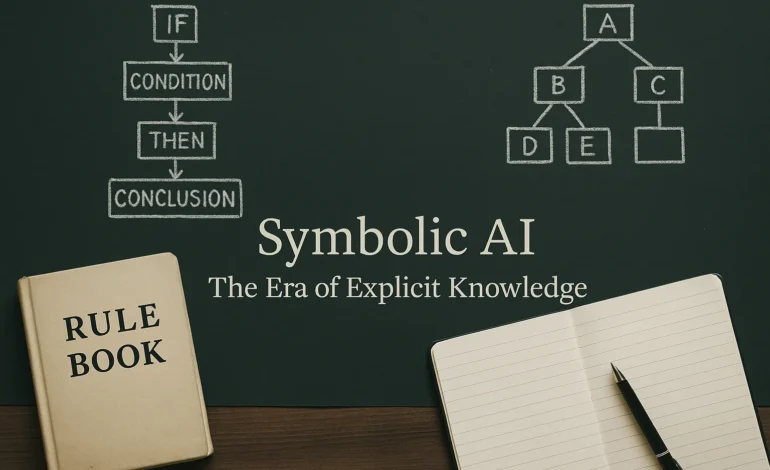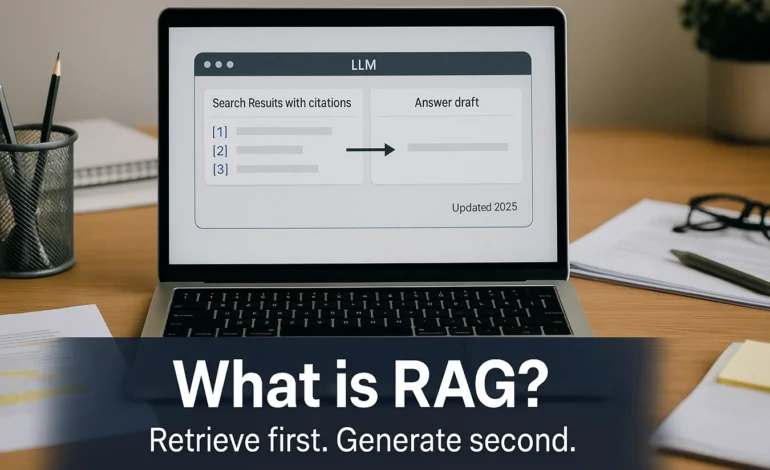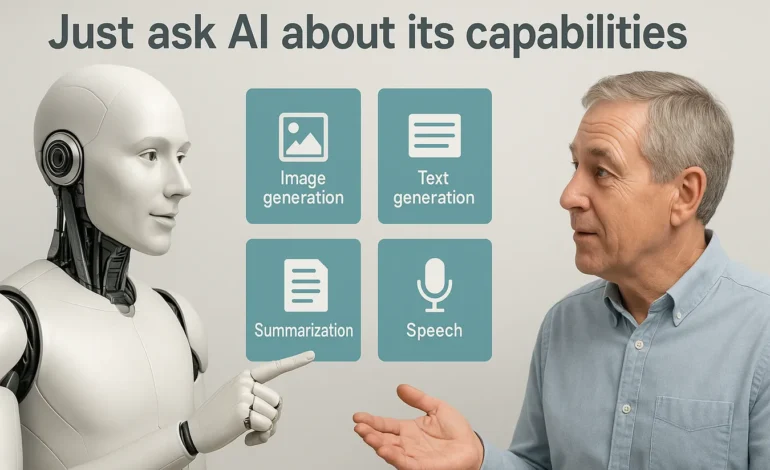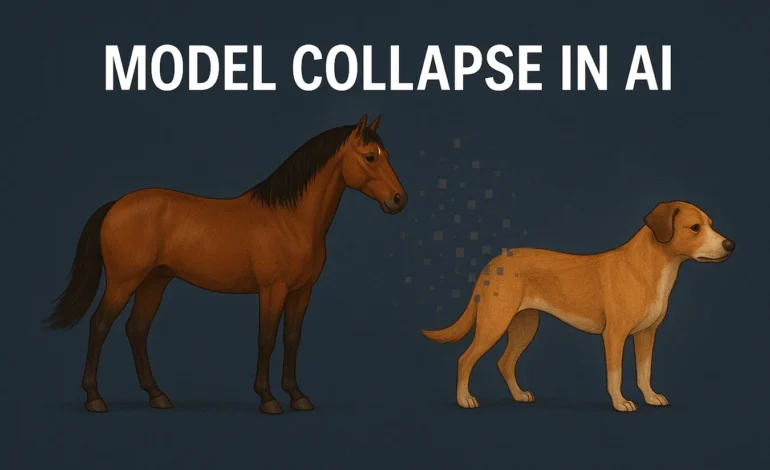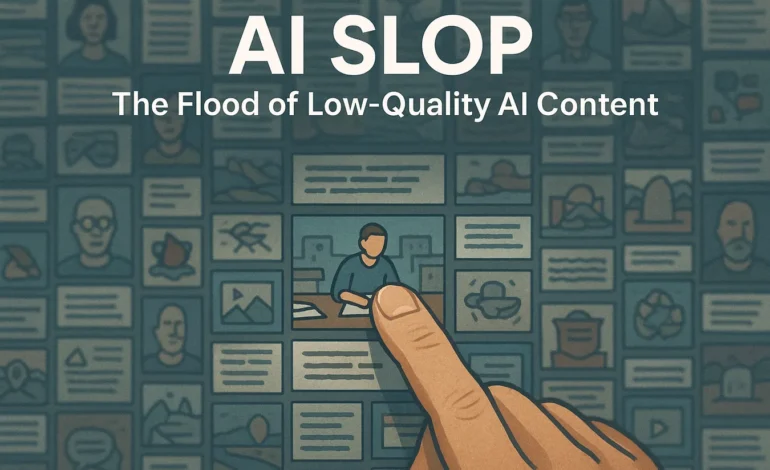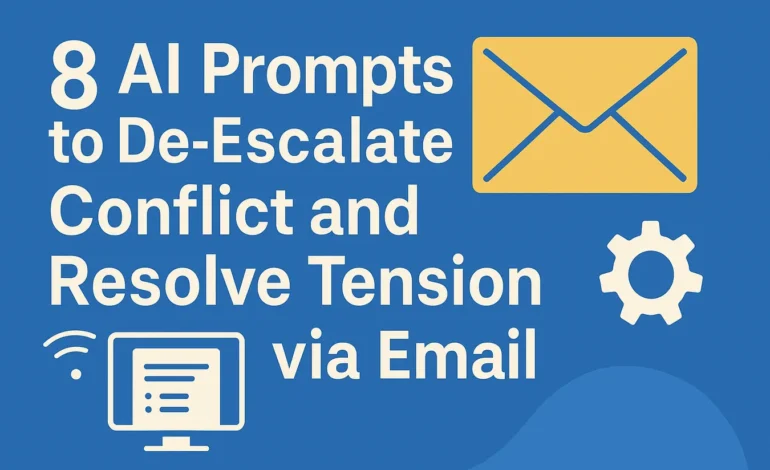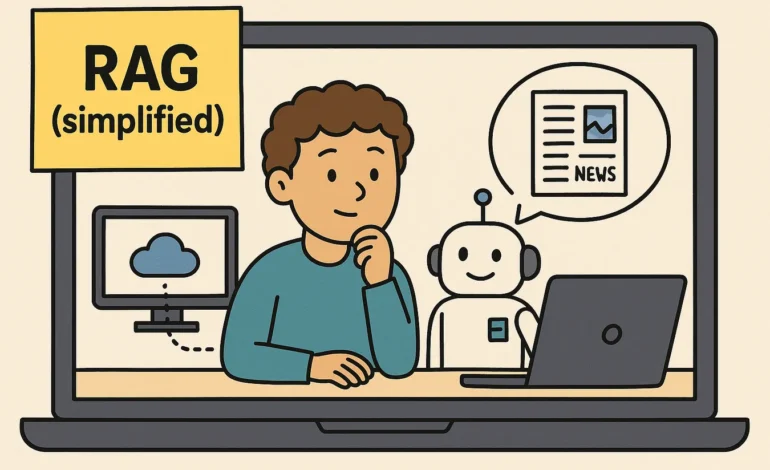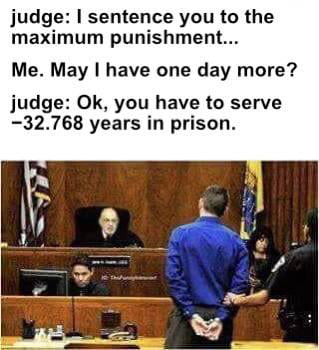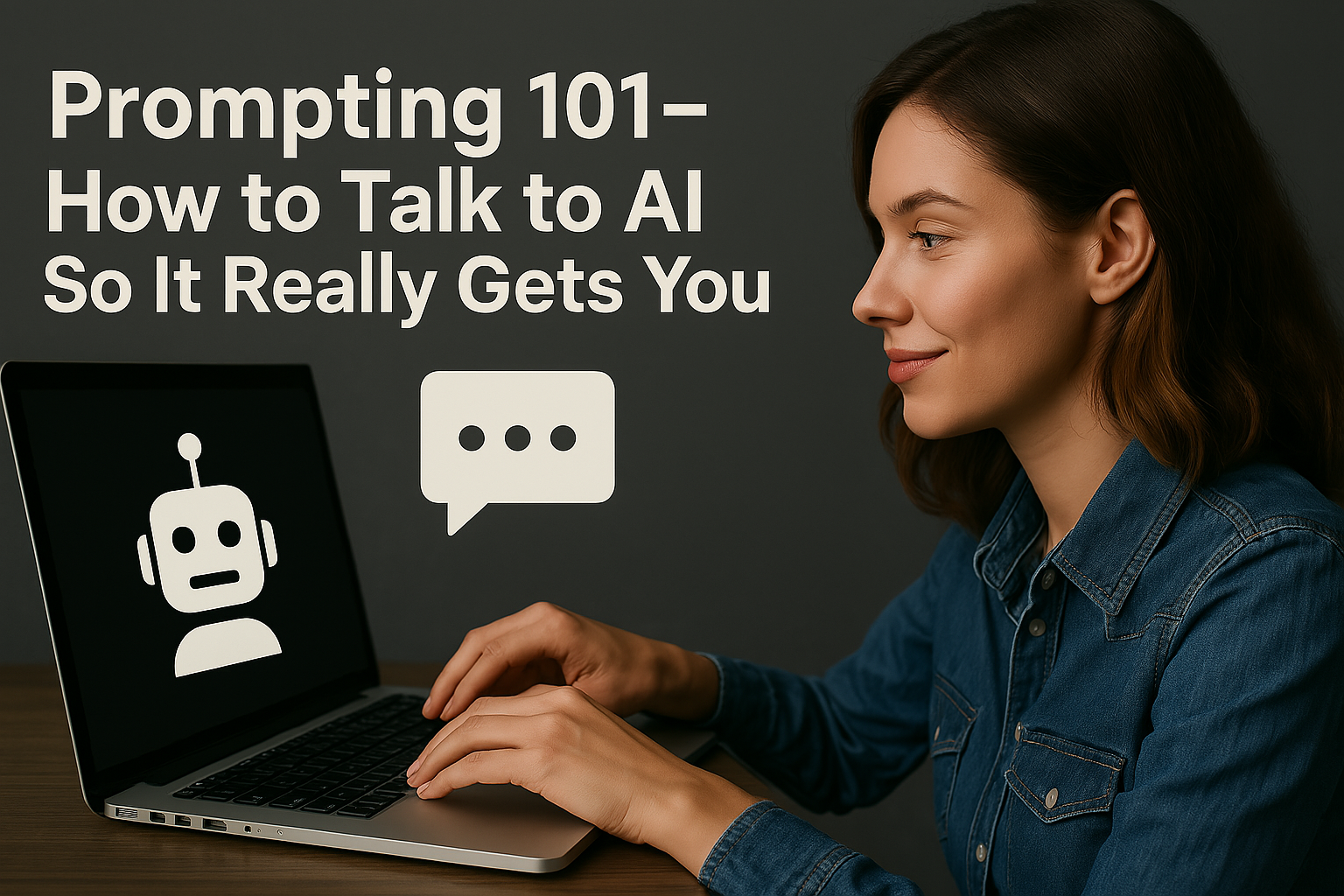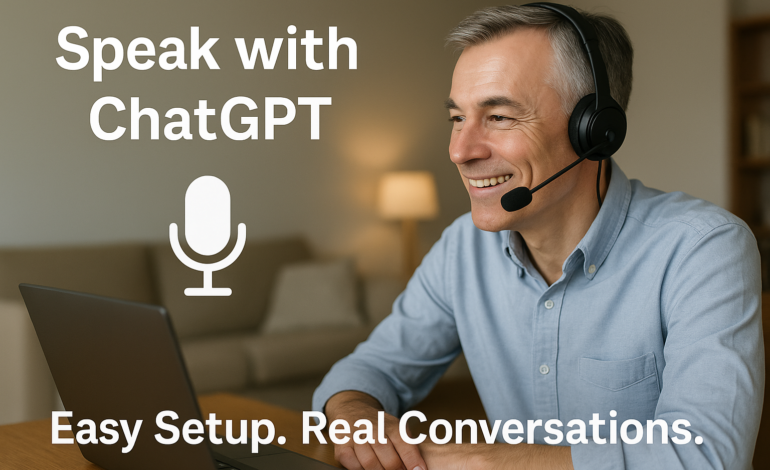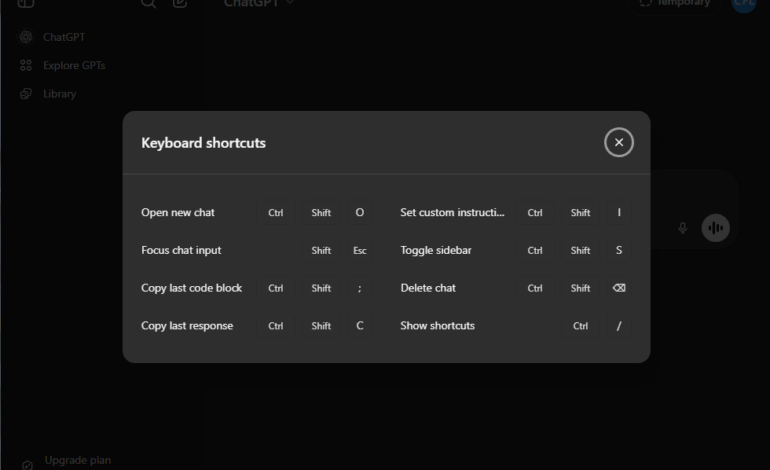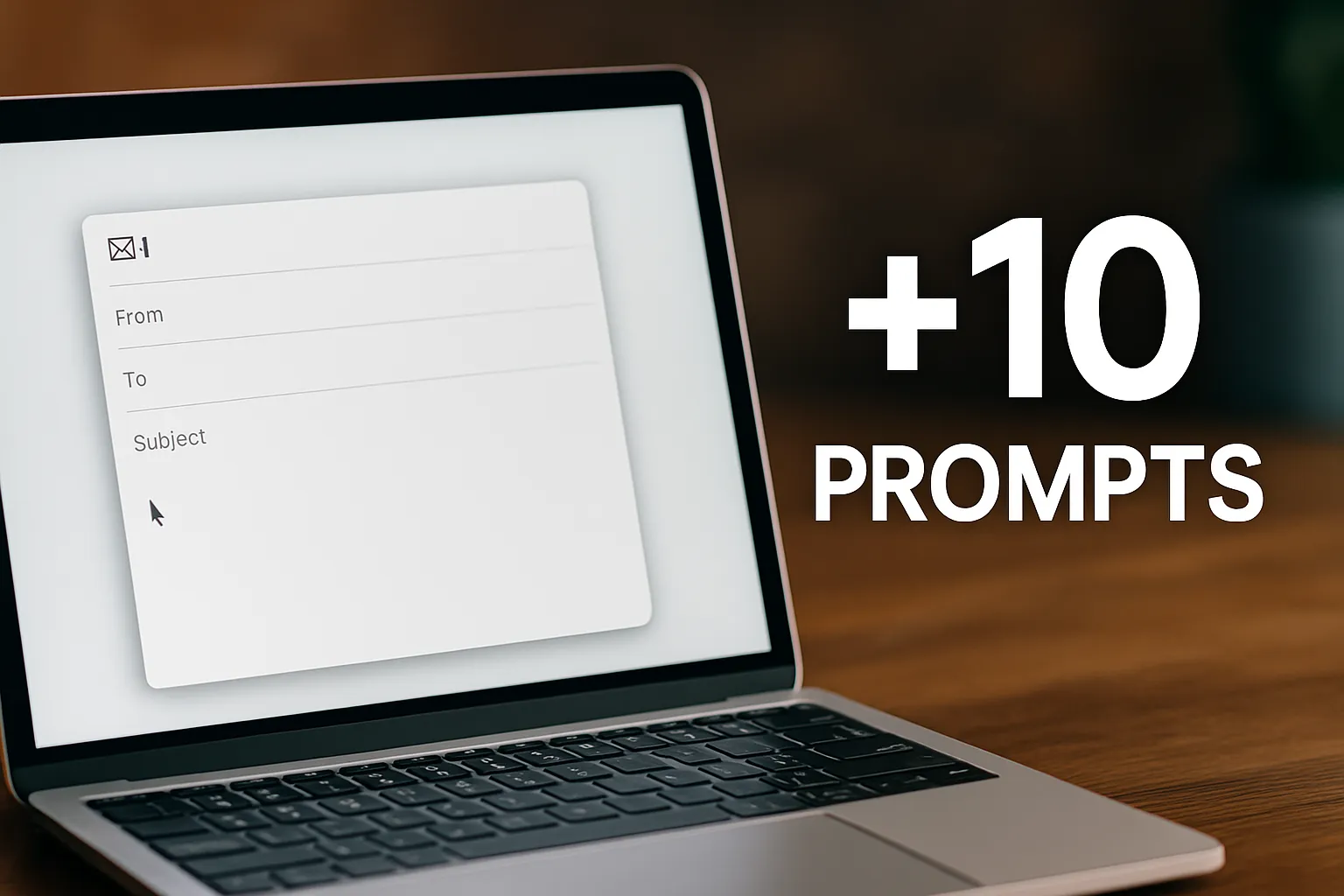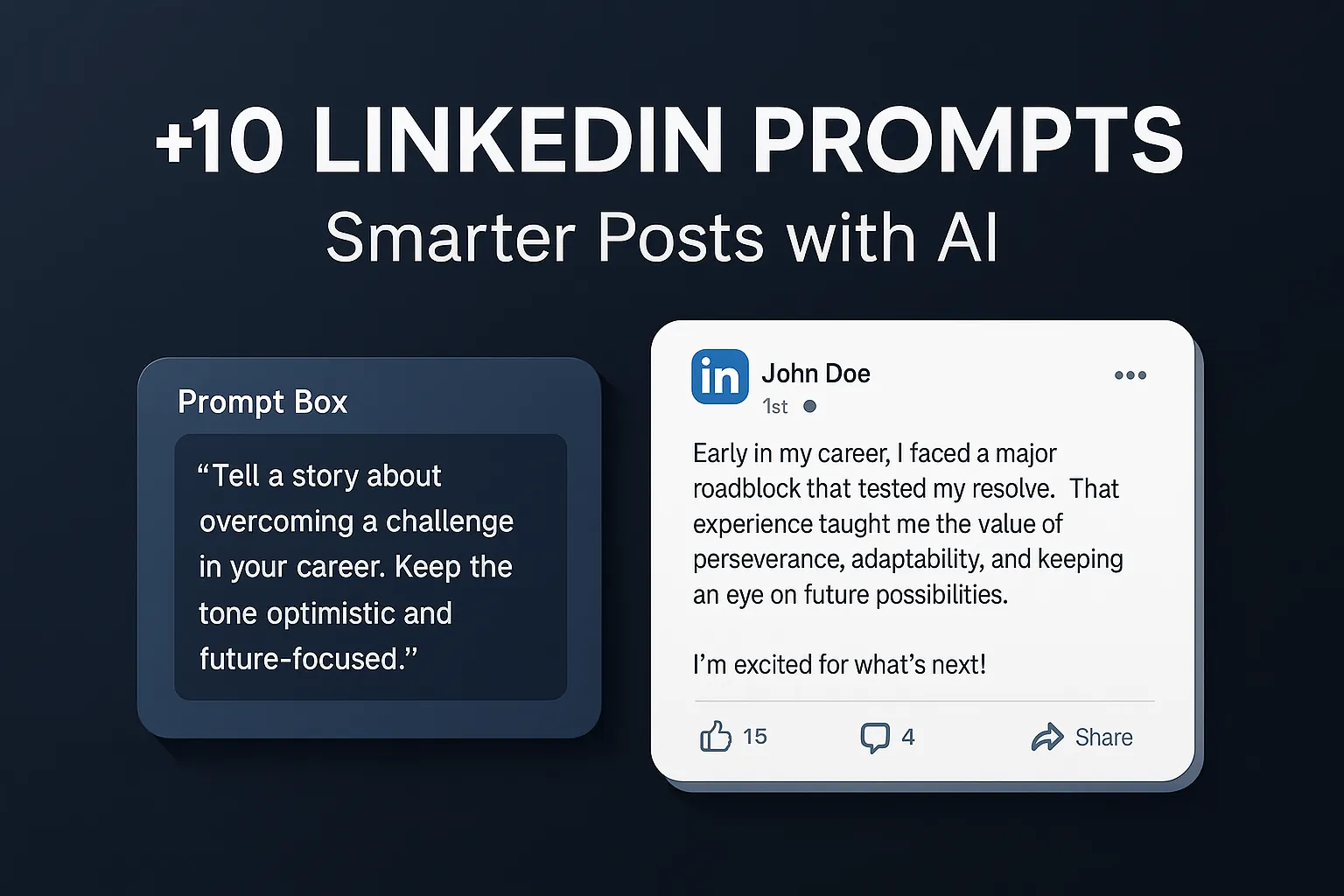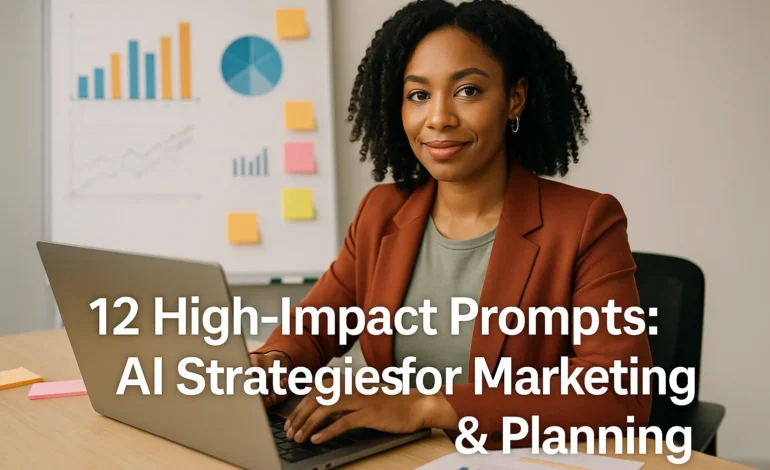
12 High-Impact Prompts: AI Strategies for Marketing & Planning
Using AI for marketing often results in generic, bland output. The secret to generating truly strategic content, complex campaign ideas, or deep market analyses isn’t asking what you want it’s asking how the AI should think. You need to assign it a role, a process and a deep multi-step objective.
These 12 advanced prompts are designed to elevate your AI tool from a content generator to a strategic co-pilot. They enforce critical thinking, challenge assumptions, and produce outputs that are custom-fit for business growth.
- Role-Playing is Key: Assigning a persona (e.g., “Skeptical VP,” “Brand Historian”) enforces specialized tone and depth.
- Systematic Output: Structure your prompts with numbered steps (1. Research, 2. Analyze, 3. Propose) to ensure high-quality, actionable outputs.
- Targeting Value: Focus prompts on identifying unique selling propositions (USPs) and overcoming specific competitor challenges.
Section 1: Market Analysis and Strategy
Market analysis is where generic AI fails the fastest. If you ask for a SWOT analysis, you’ll get a template. To extract genuine strategic value, you must compel the AI to adopt a critical persona and focus on asymmetries things your competitor is hiding, or assumptions your team holds that need to be challenged. These prompts turn AI into your internal Red Team consultant.
Prompt 1: The ‘Competitor Breakdown’
This prompt is designed to bypass basic competitor analysis by forcing the AI to evaluate your target from multiple critical angles (product, pricing, communication). More importantly, the required output is a battle plan, not a report. This forces the AI to be action-oriented, making the output immediately useful for a small marketing team.
Act as a skeptical, veteran Chief Marketing Officer (CMO). Analyze our competitor, [COMPETITOR NAME], targeting their [PRODUCT/SERVICE]. Specifically, identify: 1. Their single biggest communication blind spot. 2. Three specific customer complaints we can leverage. 3. Three distinct, high-value keywords they are neglecting. Present this as a prioritized battle plan for a small team.
Prompt 2: The ‘Unique Value Proposition Miner’
Most UVPs are clichés. This prompt is a deep dive it makes the AI act as an investigative journalist, digging into your core technical features to find the one single, defensible statement that truly differentiates your product. The core challenge here is forcing the AI to challenge the customer’s existing worldview to create immediate cognitive dissonance.
Our product is [PRODUCT NAME]. It does [FUNCTION 1] and [FUNCTION 2] for [TARGET AUDIENCE]. Based only on these facts, generate ten unique value propositions (UVPs). For each UVP, write a single sentence that challenges the most common belief held by our target audience. Finally, select the three strongest UVPs and rank them by distinctness.
Prompt 3: The ‘Launch Risk Assessment’
Before any major launch, you need to stress-test your assumptions. This prompt forces the AI into a “Red Team” persona (the hyper-pessimistic venture capitalist) to expose the project’s hidden flaws and competitive dangers. The key strategic value is the required mitigation strategy, which immediately converts theoretical risk into actionable planning steps.
We are planning to launch a [TYPE OF PRODUCT] aimed at [TARGET DEMOGRAPHIC]. Our budget is [AMOUNT]. Assume the role of a hyper-pessimistic venture capitalist. List three brutal, non-obvious reasons the launch will fail in the first 90 days. For each reason, provide one actionable mitigation strategy.
Section 2: Content Generation and Tone
In the age of AI, the worst thing your marketing can be is generic. These prompts ensure your content isn’t just readable it’s optimized for platform, audience, and narrative effect. They push the AI to adapt the core message to the emotional needs of the specific channel, moving past formulaic blog posts.
Prompt 4: The ‘Audience Persona Deep Dive’
Effective marketing requires deeply understanding specific pain points. This prompt generates a detailed persona and then forces the AI to write content tailored directly to that persona’s specific emotional and professional state. By focusing on the most severe work pain, you ensure the generated content has maximum emotional resonance and clarity of solution.
Create a detailed marketing persona named 'Sarah, the Stressed Startup Founder.' Outline her top three work pains, her preferred social media platform, and her biggest aspirational goal. Then, write a 200-word LinkedIn post pitching our product [PRODUCT] specifically designed to resolve her most severe work pain.
Prompt 5: The ‘SEO Topic Cluster Generator’
This moves beyond single-keyword research to create a cohesive content strategy organized around a central authority pillar (like your own site architecture). The strategic value here is the requirement to classify titles based on user intent (Informational, Commercial, Navigational), ensuring every piece of content has a clear role in the conversion funnel.
Our primary pillar topic is [PILLAR TOPIC, e.g., AI Reasoning]. We need supporting articles. Generate fifteen unique, low-competition article titles that directly link back to the pillar. Organize them into three distinct sub-clusters based on user intent (Informational, Commercial, Navigational).
Prompt 6: The ‘Tone and Platform Switch’
Great marketing adapts the message to the medium. This prompt forces the AI to generate the same core message (UVP) but radically alter the tone, length, and format for different platforms. This saves time on creative adaptation and ensures consistency while providing three radically different executions.
Our core message is [CORE MESSAGE/UVP]. Rewrite this message in three distinct formats: 1. A formal, data-driven Twitter thread (5-7 tweets). 2. A casual, solution-focused subject line and body for an email newsletter. 3. A punchy, image-ready 10-word caption for Instagram.
Section 3: Product Development and Feedback
Use these prompts to bypass assumptions, simulate user frustration, and align your product’s features with its marketing narrative.
Prompt 7: The ‘Friction Audit’
This prompt leverages AI’s ability to simulate user experience and feedback by exposing weak points in your product’s feature set or marketing claim.
I am launching a new feature: [FEATURE NAME, e.g., Auto-Scheduling Tool]. Assume the identity of a power user who has been using the feature for two weeks and is very annoyed. Write a concise, 5-point rant detailing what is confusing, what is too slow, and what core problem the feature fails to solve.`);">Copy Prompt
Prompt 8: The 'Feature-to-Benefit Ladder'
Features tell; benefits sell. This prompt ensures every technical detail is translated into three ascending levels of emotional and business benefit.
Our latest technical feature is [FEATURE, e.g., End-to-End Encryption]. Translate this feature into a three-level benefit ladder: 1. Functional Benefit (What it does). 2. Business Benefit (What it saves/earns). 3. Emotional Benefit (How the user feels). Use concise, compelling language for each step.
Prompt 9: The 'Post-Mortem Forecast'
This is reverse-engineering success. By asking the AI to write a post-mortem before the launch, you identify the critical steps you must take to ensure the predicted success becomes reality.
We launched our product [PRODUCT] six months ago, and it has successfully reached $1M ARR. Write the post-mortem memo from the CEO, detailing the three pivotal marketing decisions we made that led to this success. Include specific channels, messaging, and target shifts.
Section 4: Creative Blocks and Advanced Logic
These prompts leverage the AI’s ability to handle complex constraints and logical contradictions, useful when you’re facing internal creative friction or analysis paralysis.
Prompt 10: The 'Audience-Specific Reframing'
This is useful when you have a general message but need to tailor the core analogy to a specific professional audience to make it click.
Our product [PRODUCT] is designed to [CORE FUNCTION]. Explain its value using only analogies and language familiar to an established 'Chief Financial Officer (CFO).' Focus on ROI, mitigation of risk, and operational efficiency, avoiding marketing fluff.
Prompt 11: The 'Paradoxical Content Hook'
A paradox creates instant tension and high engagement. This prompt forces the AI to frame a positive solution (your product) around a universally accepted, but contradictory, truth about your industry.
Generate five headline concepts for an ad campaign about a time-saving app. Each headline must start with a universally accepted paradoxical truth about time management (e.g., 'The more time you save, the more you waste it...').
Prompt 12: The 'Ethical Constraint Test'
This tests the boundaries of your ethical claims and forces you to think about the long-term public perception of your product.
We sell [PRODUCT/SERVICE]. Write a detailed, 4-point memo from our Head of PR explaining exactly how our product could be misused or misinterpreted by a media outlet focused on consumer privacy. Then, provide two concise, proactive statements to disarm those negative narratives.
In a Nutshell: Beyond the Prompt
These advanced prompts move beyond simple requests and enforce strategic discipline. By assigning roles and requiring multi-step, constrained outputs, you ensure the AI serves as a true strategic partner, not just a content mill. The best results always stem from clear constraints and complex thinking.

